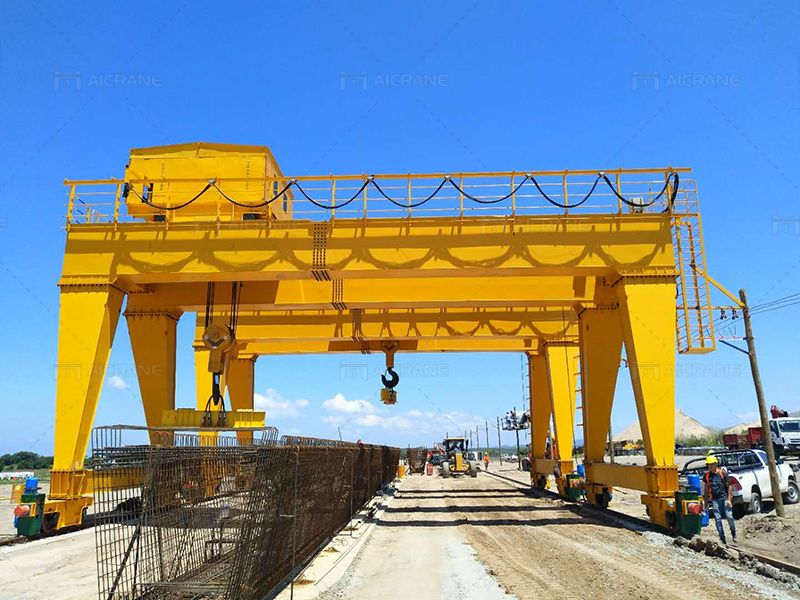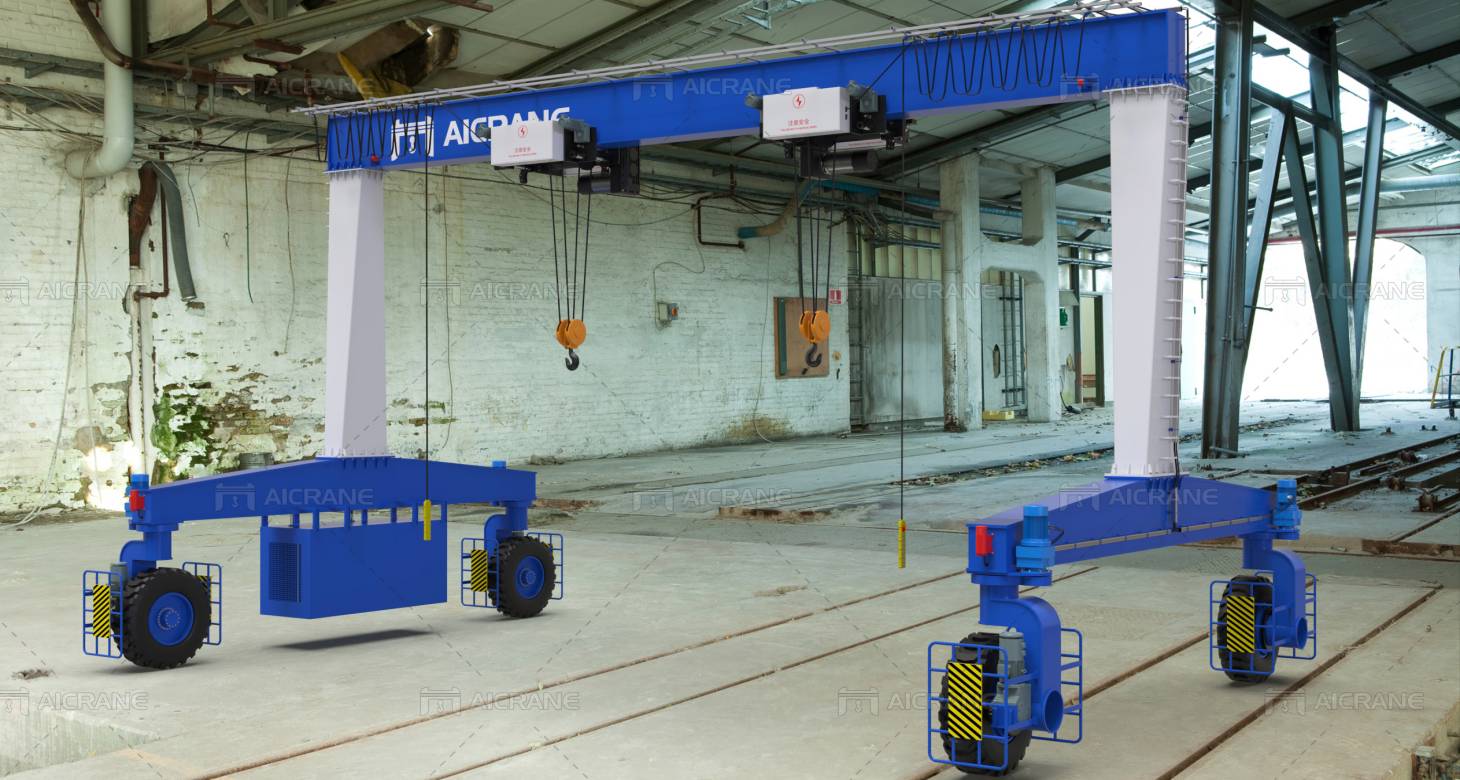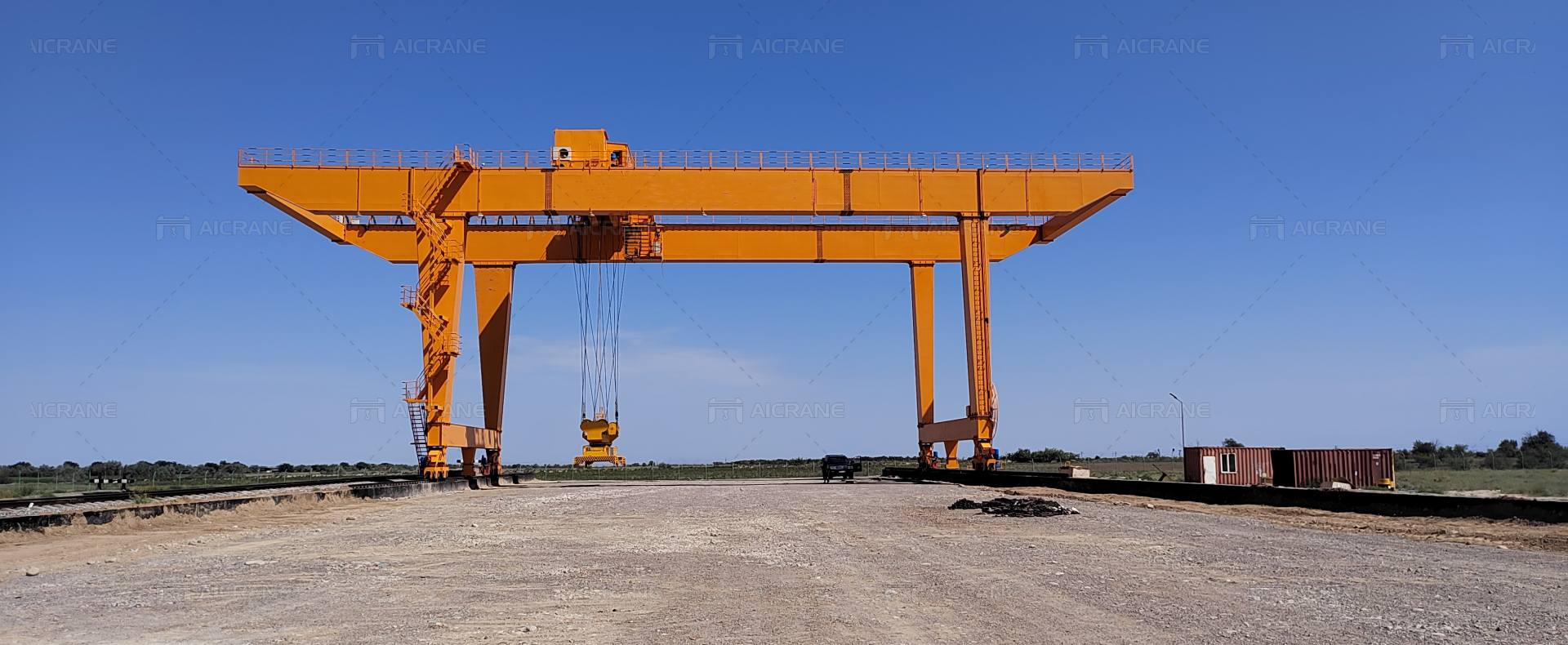Gantry cranes are essential lifting equipment used across various industries in Indonesia, including ports, construction, manufacturing, and logistics. To ensure safe and efficient operations of gantry cranes, specific regulations and standards are in place to govern their design, installation, operation, and maintenance. In this article, we will explore the important regulations and standards applicable to gantry cranes in Indonesia, focusing on both rubber tyred gantry cranes (RTGs) and rail mounted gantry cranes (RMGs).
Regulatory Framework in Indonesia
The regulation of gantry cranes in Indonesia is overseen by several government agencies and industry bodies responsible for safety, technical standards, and compliance. The key regulatory authorities involved include:

Ministry of Manpower (Kementerian Ketenagakerjaan)
Sets and enforces occupational health and safety (OHS) regulations related to crane operation, including operator training, working conditions, and risk assessments.
Ministry of Transportation (Kementerian Perhubungan)
Establishes regulations governing the use of cranes in transportation hubs, especially in ports and terminals.
Ensures compliance with safety and operational standards for maritime and land-based transport.
Indonesian National Standardization Agency (Badan Standardisasi Nasional – BSN)
Develops and maintains Indonesian National Standards (SNI) for gantry cranes, covering design, performance, testing, and safety requirements.
Key Standards for Gantry Cranes
Gantry cranes in Indonesia must comply with specific standards to ensure safe and reliable operation. Some of the key standards applicable to gantry cranes include:
Indonesian National Standards (SNI)
SNI standards govern the design, manufacturing, installation, and maintenance of gantry cranes.
These standards cover aspects such as structural integrity, load capacities, safety devices, electrical systems, and environmental considerations.
Occupational Health and Safety (OHS) Regulations
OHS regulations under the Ministry of Manpower focus on protecting crane operators and workers from workplace hazards associated with crane operations.
Requirements include operator training, use of personal protective equipment (PPE), ergonomic considerations, and risk assessments.
Specific Requirements for RTGs and RMGs
Rubber Tyred Gantry Cranes (RTGs)
- Environmental Compliance: RTGs operating in ports must comply with environmental regulations to minimize emissions and noise pollution.
- Safety Features: RTG rubber tired gantry cranes are required to have advanced safety features such as anti-collision systems, overload protection, and emergency stop controls.
- Operator Training: Regulations mandate comprehensive training programs for RTG operators to ensure safe and efficient crane operations.

Rail Mounted Gantry Cranes (RMGs)
- Structural Integrity: RMGs must meet stringent structural requirements to ensure stability and safety during lifting operations.
- Electrical Safety: RMG rail mounted gantry cranes are subject to electrical safety standards governing wiring, control systems, and insulation to prevent electrical hazards.
- Track Maintenance: Regulations specify regular track inspections and maintenance to ensure smooth and safe crane movement along rails.

Compliance and Certification
Companies and organizations operating gantry cranes in Indonesia must adhere to regulatory requirements and obtain necessary certifications to demonstrate compliance. Compliance activities include:
- Regular inspections and maintenance of gantry cranes to ensure they meet safety and performance standards.
- Certification of cranes by authorized agencies to validate compliance with regulatory requirements.
- Documentation and record-keeping to demonstrate adherence to regulations during inspections and audits.
Future Trends and Developments
As Indonesia’s industrial landscape evolves, the regulations and standards for gantry cranes are expected to evolve to address emerging trends and technologies. Future developments may include:
- Integration of digital technologies such as IoT (Internet of Things) for real-time monitoring and predictive maintenance of gantry cranes.
- Adoption of international standards and best practices to align with global industry norms.
- Enhanced focus on sustainability and environmental impact, driving the development of eco-friendly gantry crane solutions.
In conclusion, regulations and standards play a critical role in ensuring the safety, reliability, and compliance of gantry cranes operating in Indonesia. By adhering to these regulations and standards, stakeholders can promote a culture of safety and efficiency in gantry crane operations, contributing to overall workplace safety and productivity in Indonesia’s industrial sectors.